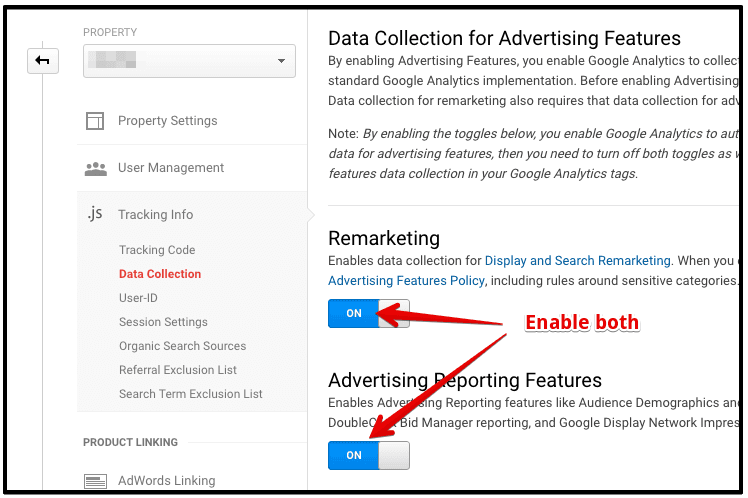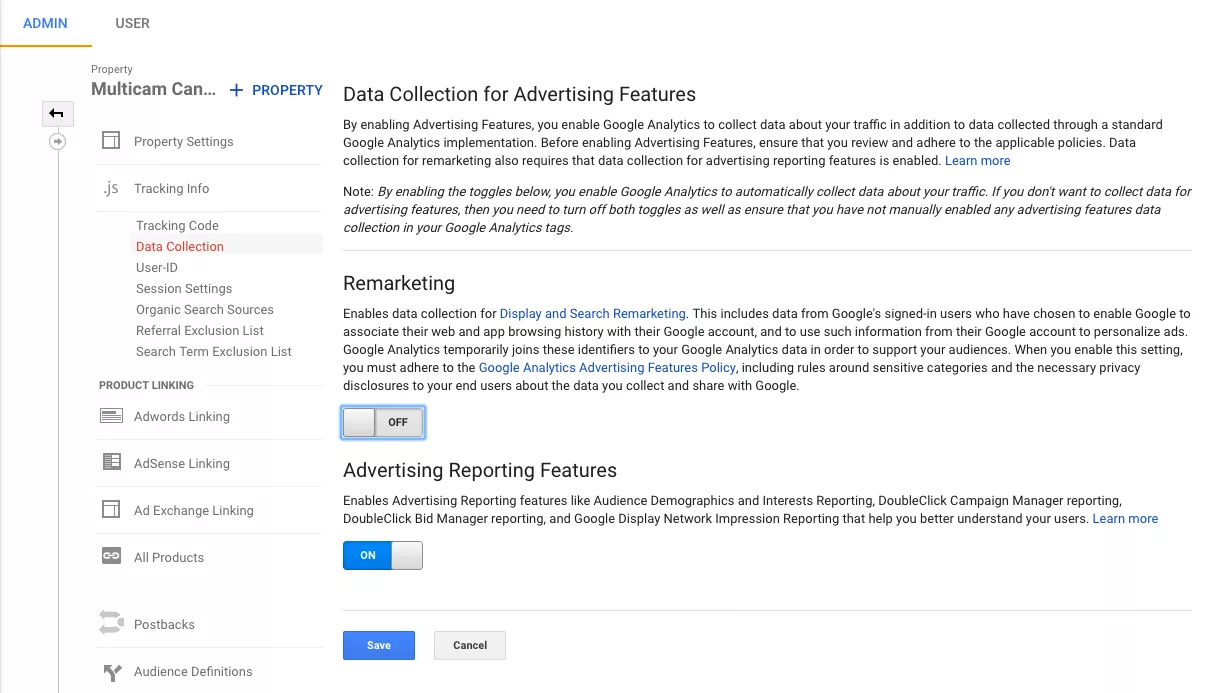Advanced Techniques for Remarketing In Google Analytics
Advanced Techniques for Remarketing In Google Analytics
Blog Article
Reliable Strategies for Remarketing in Google Analytics
In the realm of digital advertising, the world of remarketing in Google Analytics stands as a critical tool for services aiming to enhance their online visibility and conversion rates. With calculated target market segmentation, customized remarketing lists, and engaging ad creatives, companies can craft customized campaigns that resonate with their target market. The real success exists in the capacity to constantly improve and maximize these approaches based on efficiency metrics and information understandings. By discovering the subtleties of dynamic remarketing and leveraging sophisticated tracking devices, companies can unlock the full possibility of their remarketing initiatives, leading to boosted brand exposure and consumer engagement.
Target Market Division
Making use of target market division is a crucial method in enhancing the performance of remarketing projects within Google Analytics. By dividing your audience into distinctive teams based on their habits, demographics, or passions, you can customize your advertising and marketing messages to be more pertinent and engaging. This technique allows you to deliver personalized advertisements to details sectors, enhancing the probability of conversion.

Moreover, target market division assists you understand the varying needs and choices of various customer groups, enabling you to craft more compelling ad creatives and offers. This targeted strategy not just improves the performance of your remarketing initiatives but also improves overall campaign efficiency.
Establishing Remarketing Listings
To effectively execute remarketing methods in Google Analytics, the initial step involves creating targeted remarketing lists based on details target market interactions. Establishing up remarketing checklists allows online marketers to segment their web site site visitors into different categories based on their actions, such as web pages watched, items looked for, or activities tackled the site. By specifying these segments, marketers can then produce personalized and relevant ads that target these particular teams, enhancing the chance of conversion.
Remarketing lists can be established making use of different criteria such as web page check outs, period of go to, specific objective conclusions, and even details occasions set off on the web site. This level of personalization enables online marketers to tailor their advertisements to match the interests and preferences of each fractional audience, causing greater interaction and conversion prices.
In addition, remarketing lists can likewise be developed based on information imported from various other sources like CRM systems, permitting for much more precise targeting. By establishing up these targeted remarketing listings, marketing professionals can effectively reach out to possible consumers that have currently revealed rate of interest in their services or items, maximizing the influence of their remarketing campaigns.
Creating Compelling Advertisement Creatives
After segmenting internet site visitors right into targeted remarketing checklists based upon details target market communications, the next critical step is to craft compelling advertisement creatives that resonate with each fractional team's rate of interests and preferences. The effectiveness of remarketing projects heavily depends on the ability of these ad creatives to catch the focus of the audience and drive them to take the wanted activity.
To develop compelling advertisement creatives, it is important to comprehend the special qualities of each segmented team (What Is “Remarketing” browse around here In Google Analytics?). Customizing the messaging, visuals, and offers to line up with the interests and choices of the audience can dramatically increase the possibilities of conversion. Utilizing vibrant ads that automatically change web content based upon the customer's behavior can likewise enhance the customization of the advertisement experience

Surveillance Performance and Optimization
Efficient tracking of project performance and continuous optimization are essential facets of effective remarketing methods in Google Analytics. To guarantee the efficiency of remarketing projects, marketers have to routinely track key efficiency metrics such as click-through rates, conversion prices, and return on advertisement spend. By checking these metrics, online marketers can obtain useful understandings into the efficiency of their campaigns and identify locations for enhancement.
In Google Analytics, online marketers can leverage devices like conversion monitoring and target market division to assess the performance of their remarketing projects. Conversion tracking enables online marketers to track particular activities that users take after clicking a remarketing advertisement, offering valuable data on the efficiency of the campaign in driving wanted end results. Audience division, on the other hand, makes it possible for marketers to separate their target i thought about this market right into various sectors based upon various standards such as demographics, habits, and interests, permitting even more targeted and customized remarketing initiatives.
Constant optimization is crucial for making best use of the effect of remarketing campaigns. Marketing professionals should make use of A/B screening to try out different ad creatives, messaging, and targeting techniques to recognize one of the most efficient approaches. By on a regular basis assessing project efficiency data and making data-driven optimizations, marketing professionals can guarantee that their remarketing projects are attaining the preferred outcomes and driving conversions effectively.
Leveraging Dynamic Remarketing
Using dynamic remarketing can significantly enhance the significance and impact of targeted ads in Google Analytics. This sophisticated method enables advertisers to show tailored ads to individuals that have actually formerly seen their website or used their mobile app. By dynamically presenting product and services that the users have revealed rate of interest in, vibrant remarketing helps to keep the brand fresh in their minds and encourages them to return to complete a purchase.

Moreover, vibrant remarketing campaigns can be automated and maximized in real-time based on efficiency information, making sure that the advertisements stay pertinent and reliable. By leveraging dynamic remarketing in Google Analytics, advertisers can produce much more impactful and targeted marketing campaign that resonate with their target market and drive results.
Verdict
To conclude, effective remarketing methods in Google Analytics include target market division, targeted remarketing checklists, engaging advertisement creatives, performance monitoring, and vibrant remarketing. By focusing on customized ads, information analysis, and continuous optimization, services can enhance conversion prices and drive engagement efficiently. Leveraging tools like conversion tracking makes certain that ads stay relevant and individualized, causing total success in remarketing efforts.
With calculated audience segmentation, customized remarketing lists, and engaging advertisement creatives, services can craft tailored projects that reverberate with their target audience. Using dynamic advertisements that immediately adjust content based on the user's habits can also improve the customization of the advertisement experience.
Conversion tracking permits marketers to track specific actions that customers take after clicking on a remarketing ad, giving important information on the effectiveness of the campaign in driving wanted outcomes.Using dynamic remarketing can significantly boost the relevance and impact of targeted ads in Google Analytics - What Is “Remarketing” In Google Analytics?.In final thought, effective remarketing strategies in Google Analytics include target market division, targeted remarketing listings, engaging advertisement creatives, performance monitoring, and dynamic remarketing
Report this page